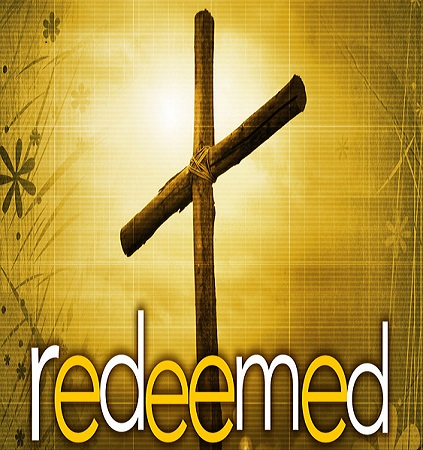From theBlaze.com:
After all, the song is robust with Christian themes of hope, strength and Christ’s dying on the cross. So, why would the PCUSA turn its back on it?
Here’s why: There’s one, key line in the third stanza that created a barrier — and debate: “Till on that cross as Jesus died/the wrath of God was satisfied.”
Originally, the Presbyterian Committee on Congregational Song (PCOCS), the body that oversees music for PCUSA, asked the song’s authors, Keith Getty and Stuart Townend, to allow them to change the words to “as Jesus died/the love of God was magnified,” as described by Timothy George, dean ofBeeson Divinity School of Samford University, on First Things.
The songwriters’ response? No.
So, with the authors doubling down on wanting the original wording kept intact, the committee voted nine to six to axe the song from the hymnal.
Apparently, it is this invoking of “wrath” that has the liberal denomination less-than-content with the inclusion of the original lyrics. George explains:
Those who treat the wrath of God as taboo, whether in sermons or hymns, stand in a long lineage too, one that includes Albrecht Ritschl, Faustus Socinus, and the unnamed revisionists in the second century who followed the heretic Marcion. According to Tertullian, they said that “a better god has been discovered, one who is neither offended nor angry nor inflicts punishment, who has no fire warming up in hell, and no outer darkness wherein there is shuddering and gnashing of teeth: he is merely kind.” The lure of such a gospel is unmistakable—it explains why neo-Marcionism (God’s wrath in the Old Testament, his love in the New) is still flourishing today not only in popular piety but also among guilded scholars of religion.
Why do many Christians shrink from any thought of the wrath of God? R.P.C. Hanson has said that many preachers today deal with God’s wrath the way the Victorians handled sex, treating it as something a bit shameful, embarrassing, and best left in the closet. The result is a less than fully biblical construal of who God is and what he has done, especially in the redemptive mission of Jesus Christ.
Earlier this year, Dr. Mary Louise Bringle, chairwoman of PCOCS, explained the two sides of the debate in detail in an article for the Christian Century. Her perspective offers up additional explanation surrounding how both sides felt, internally, about the matter:
People making a case to retain the text with the authors’ original lines spoke of the fact that the words expressed one view of God’s saving work in Christ that has been prevalent in Christian history: the view of Anselm and Calvin, among others, that God’s honor was violated by human sin and that God’s justice could only be satisfied by the atoning death of a sinless victim. While this might not be our personal view, it was argued, it is nonetheless a view held by some members of our family of faith; the hymnal is not a vehicle for one group’s perspective but rather a collection for use by a diverse body.
Arguments on the other side pointed out that a hymnal does not simply collect diverse views, but also selects to emphasize some over others as part of its mission to form the faith of coming generations; it would do a disservice to this educational mission, the argument ran, to perpetuate by way of a new (second) text the view that the cross is primarily about God’s need to assuage God’s anger. The final vote was six in favor of inclusion and nine against, giving the requisite two-thirds majority (which we required of all our decisions) to the no votes. The song has been removed from our contents list, with deep regret over losing its otherwise poignant and powerful witness.

So the decision was made. Dr. Denny Burk, associate professor of biblical studies at Boyce College adds that “liberalism and wrath go together like oil and water.” Since these elements don’t mix, it’s not entirely surprising that the song was cut out of the hymnal, he said.
But a failure to understand or properly handle wrath, Burk argues, actually has profound theological effects. At the heart of the matter, the professor wrote that one cannot understand the central meaning of Christ’s death (penal substitution, which is the notion that Jesus was cricified, of his own will, to save humanity from its sinful nature — and that this was a necessity).
“At the end of the day, the cross itself is the stumbling block, and that is why the PCUSA cannot abide this hymn,” Burk concluded.
Photo and featured image credit: ShutterStock.com
–
Editor’s Note: It is important to note the difference between the Presbyterian Church (USA) and the Presbyterian Church in America. The former is the larger, more liberal of the two, with 2.3 million members and 11,000 congregations. PC(USA) has taken other leftist positions on issues such as gay marriage) The latter is much smaller, but is regarded as the more conservative denomination. As of 2000, it had 1,450 congregations and more than 306,000 members. There are also other denominations within the larger Presbyterian Church.




